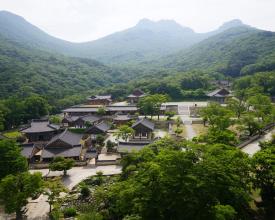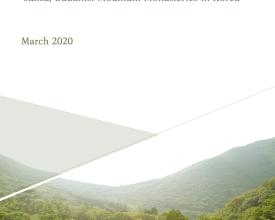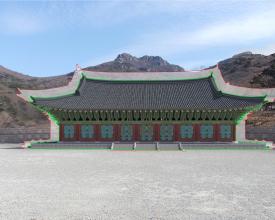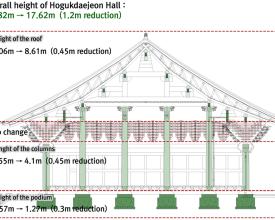
Heritage Impact Assessment as a tool for informed decision-making: the case of Hogukdaejeon near Daeheungsa Temple
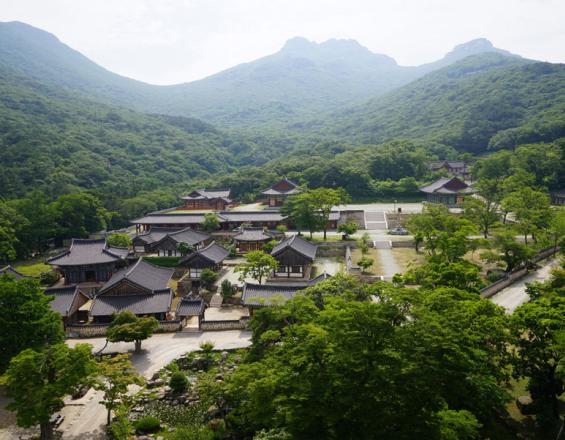
In 2020, a Heritage Impact Assessment (HIA) was conducted to assess the proposed construction of a new Hall of National Protection (Hogukdaejeon) in Daeheungsa Temple of the World Heritage Property of Sansa, Buddhist Mountain Monasteries in Korea. The HIA evaluated the proposal and how the changes in the spatial composition and the natural setting of the temple could affect the site and its buffer zone.
The assessment focused on identifying potential impacts on the attributes conveying the Outstanding Universal Value (OUV) of the site. The process also looked at the positive impacts of the project highlighting how this could benefit the temple and its communities.
The assessment put forward two recommendations: the need for changes in the building design, and the establishment of mitigation measures for the area of the temple. The HIA provided a base for more informed and better decision making allowing for development to take place without negatively impacting the OUV of the site.
Context
Challenges addressed
Location
Impacts
- The process highlighted that the construction of Hogukdaejeon is an extraordinary opportunity to commemorate Great Master Seosan’s faith and the sacrifices made by patriotic monks. This could provide benefits to Daeheungsa Temple, the Jogye Order of Korean Buddhism, Haenam-gun County, and indeed the Korean Peninsula for national protection and unification.
- Daeheungsa Temple has the potential to become a leading example of sustainable development that draws on heritage while protecting religious, cultural, and natural values, sustaining, and enhancing them long into the future.
- The construction project for the Hogukdaejeon taken forward within the context of a well-coordinated building design among various stakeholders, could see Daeheungsa Temple becoming a global benchmark for the living use of heritage assets to gain religious, cultural, and natural benefits for monks, lay believers, and visitors, while guaranteeing international standards in heritage management.

